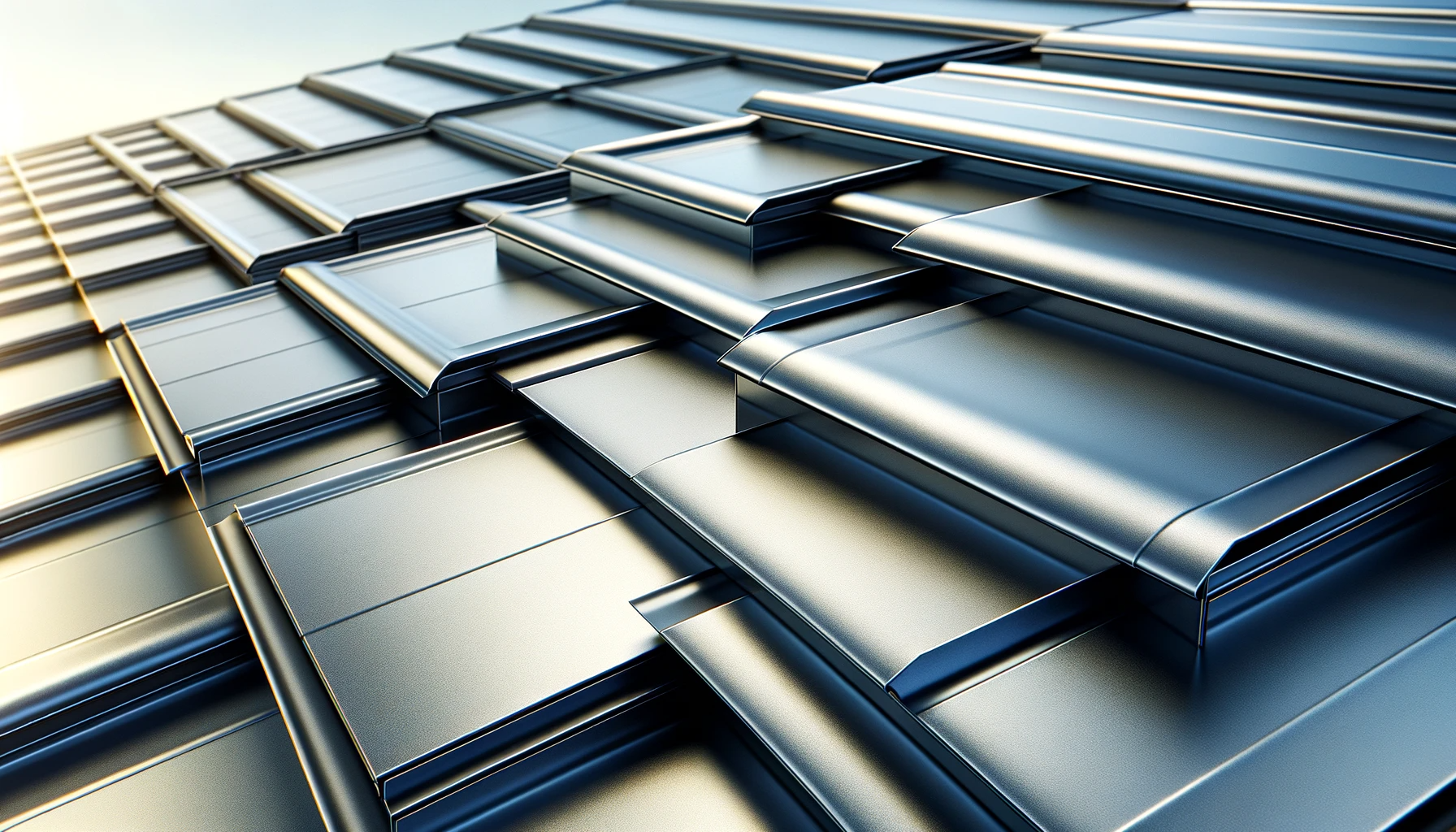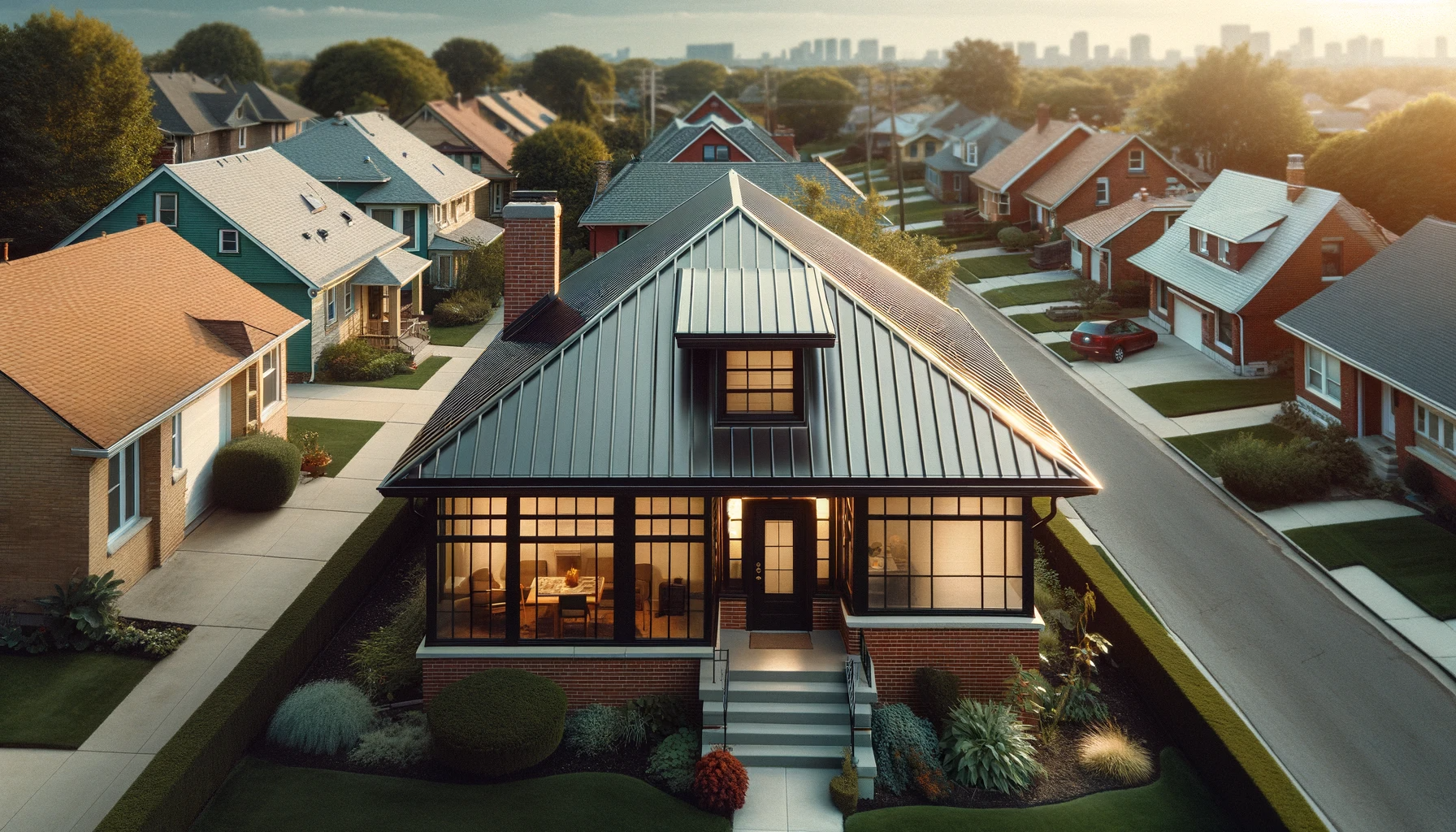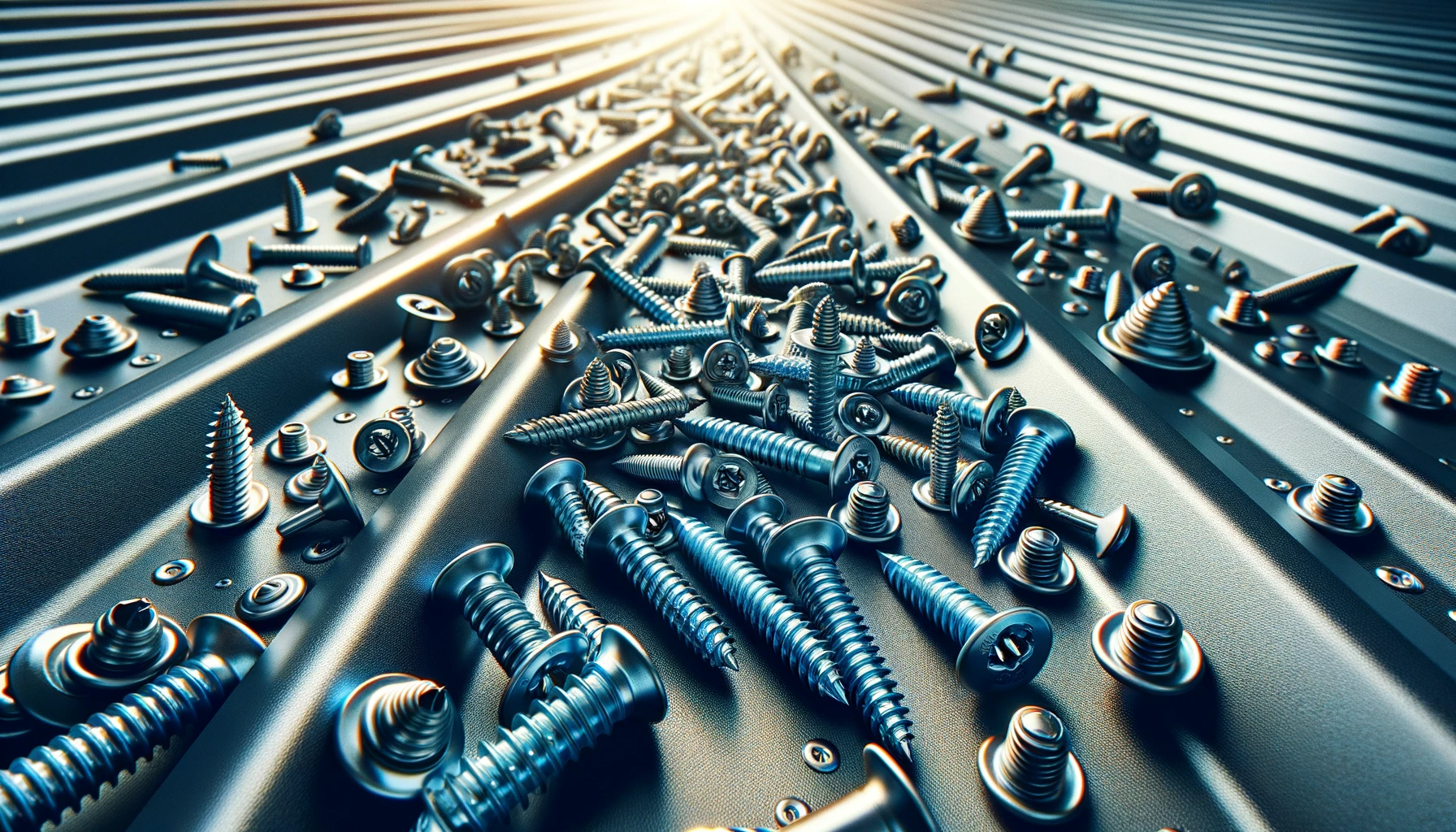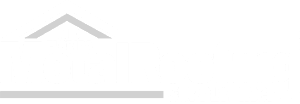Design Trends: Standing Seam Panels in Modern Architecture
Embracing Modernity with a Timeless Material
In the realm of modern architecture, the quest for innovative, sustainable, and aesthetically pleasing materials is never-ending. Among these, standing seam metal panels have emerged as a prominent choice for architects and designers. Standing seam panels, known for their sleek lines and contemporary appearance, are not just an architectural trend; they are a statement of modernity, functionality, and sustainability.
The Aesthetics of Simplicity
The minimalist aesthetic, a cornerstone of modern architecture, finds a perfect ally in standing seam metal panels. The clean, vertical or diagonal lines created by these panels offer a simplicity that complements the uncluttered and geometric forms favored in modern design. This simplicity, however, doesn’t imply a lack of character. On the contrary, the array of available finishes, from matte and metallic to vibrant colors, allows these panels to make a bold architectural statement.
Versatility in Design
One of the most remarkable aspects of standing seam panels is their versatility. Whether it’s a residential building, a commercial complex, or a public structure, these panels adapt seamlessly to various architectural styles. They can be used in roofing, as a facade material, or even as an interior feature. Their ability to bend, fold, and be cut into different shapes makes them an ideal material for architects looking to push the boundaries of conventional design.
Durability Meets Sustainability
In an age where sustainability is not just a preference but a necessity, standing seam panels stand out. Most of these panels are made from recycled materials and are fully recyclable at the end of their life, reducing the ecological footprint of the building. Their durability is another plus; a standing seam metal roof can last over 50 years with minimal maintenance, far outstripping the lifespan of traditional roofing materials.
Moreover, metal roofs are excellent at reflecting solar heat, reducing the need for artificial cooling and thereby lowering energy costs. This energy efficiency is a critical aspect of their appeal in modern sustainable architecture.
Integration with Modern Technologies
Modern architecture is not just about looks; it’s also about incorporating technology. Standing seam panels excel in this area too. They are the perfect platform for integrating solar panels, making them a key component in building energy-efficient and eco-friendly structures. The ease of installation and the durability of these panels ensure that they can support advanced technologies without compromising the integrity of the building.
Enhanced Weather Resistance
Given the increasing concern over climate change and extreme weather events, the resilience of building materials is more important than ever. Standing seam metal panels offer superior protection against harsh weather conditions. Their interlocking system provides excellent water and wind resistance, an essential feature in regions prone to hurricanes, heavy rain, or snow.
Customization and Personalization
Customization is a significant trend in modern architecture, and standing seam panels are perfectly suited to this need. They can be tailor-made to fit specific design requirements, including varying lengths, widths, and profiles. Architects and designers can specify the exact color, finish, and texture, ensuring that each building has its unique character and style.
The Aesthetic of Continuity
A trend that’s particularly notable in modern designs is the creation of a visual continuity between different parts of the building. Standing seam panels, with their uniform lines and ability to cover large, uninterrupted areas, are ideal for creating this sense of continuity. They can be used to create a visual link between the roof and the walls or to blend the indoor and outdoor spaces seamlessly.
Challenges and Solutions
While standing seam panels offer numerous benefits, they also present some challenges. One of these is the need for precise installation. The panels must be correctly aligned, and the seams perfectly sealed to ensure weather-tightness and longevity. This requires skilled craftsmanship and attention to detail. However, the growing number of trained professionals and advancements in installation techniques have made this less of a concern than in the past.
Conclusion
Standing seam metal panels represent the convergence of aesthetics, functionality, and sustainability in modern architecture. They offer a solution that meets the demands of contemporary design while being resilient and eco-friendly. As architects continue to explore the limits of design and material use, standing seam panels will undoubtedly remain a key component in the evolution of modern architecture.
Their combination of beauty, durability, and versatility makes them more than just a trend; they are a testament to the possibilities of modern construction. As we continue to witness the rise of innovative architecture, standing seam metal panels will surely play a pivotal role in shaping the skylines of the future.
Related Posts



Keep connected… join our email list
Roofing & steel building industry information, product updates, new releases, special offers, news and more direct from our corporate office.
Contact Us
Thank you for subscribing.
We will be in your inbox soon.
Please try again later.

Copyright 2024 Mid Florida Metal Roofing Supply, Inc. | All Rights Reserved | Designed by Yeppy Marketing Agency | Privacy Policy
